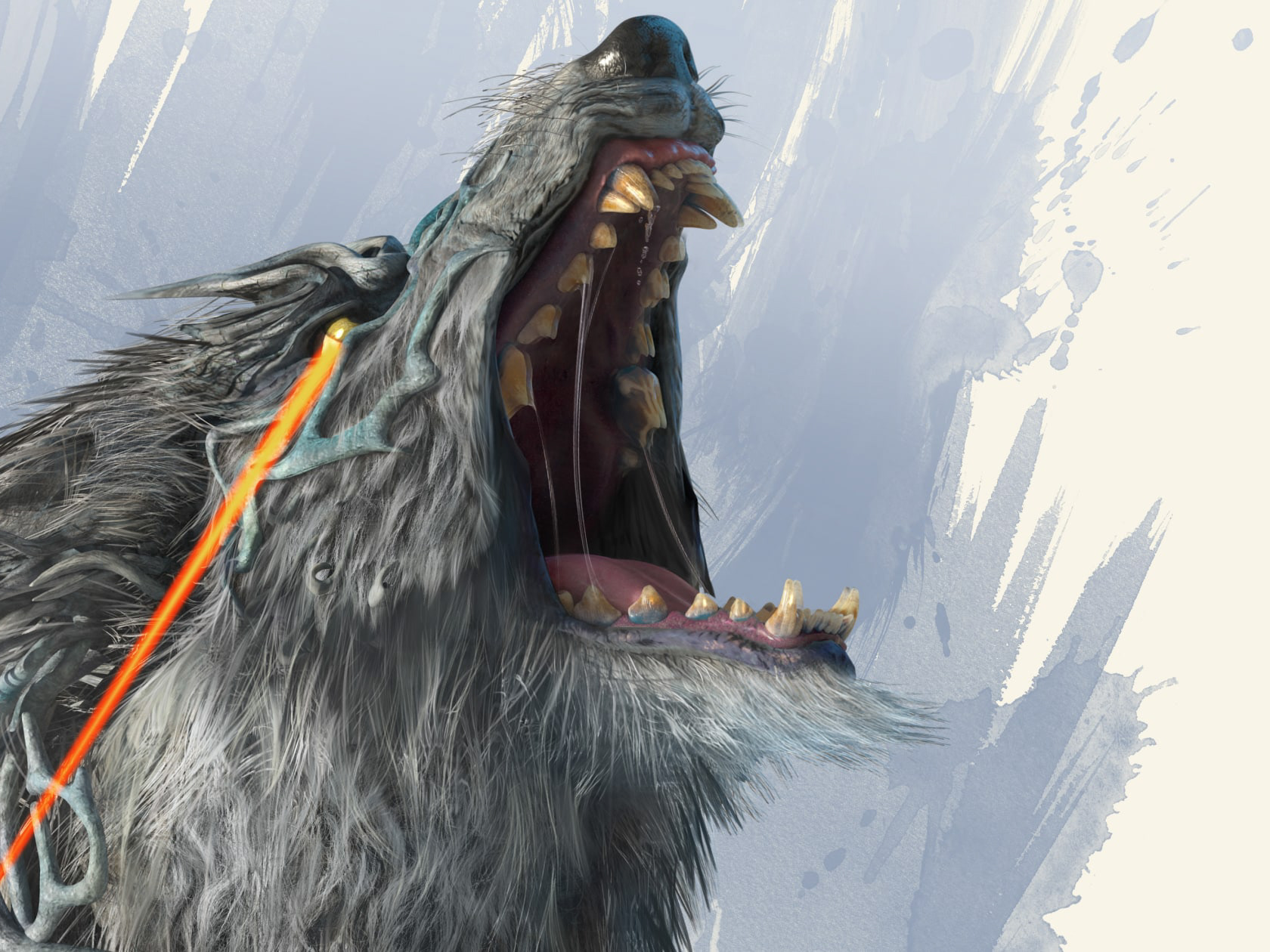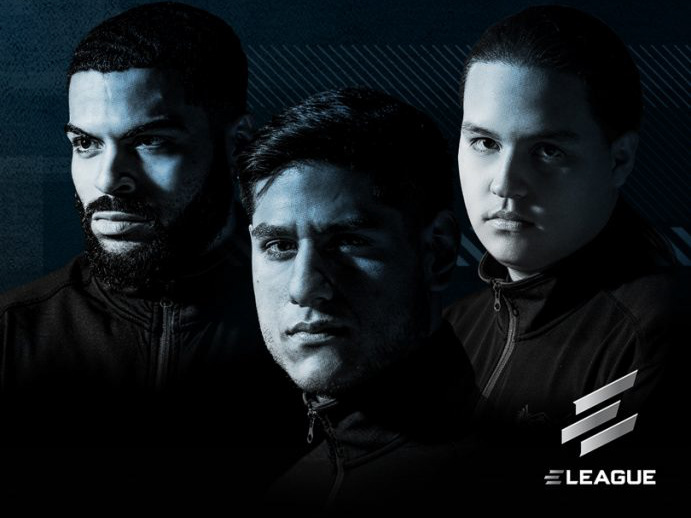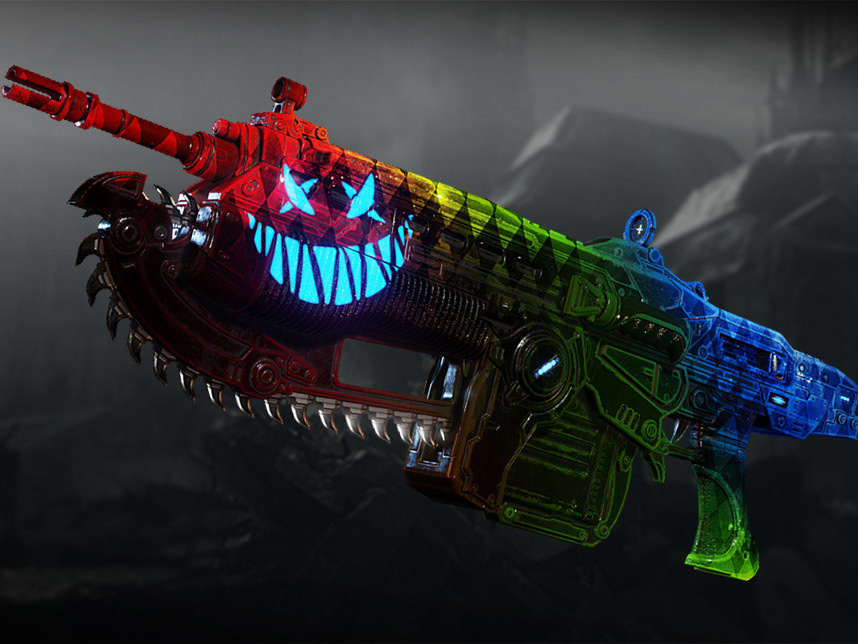Over the course of the NHL 23, NHL 24, and NHL 25 seasons, I had the opportunity to work on some exciting projects and design conceptual artwork for Hockey Ultimate Team (HUT) and World of Chel (WOC). Across these titles, my focus was on creating visuals for On-Disc features and Live events that kept players engaged year after year. It was a fast-paced, dynamic experience where I collaborated closely with Game Producers, Art Directors, Engineers, and fellow Experience Designers to craft designs that felt fresh, immersive, and on-brand. Each team member’s expertise contributed to ensuring the designs were not only visually compelling but also seamlessly integrated into the games.
My role spanned everything from brainstorming the art direction to delivering polished, production-ready assets. I primarily worked with tools like Adobe Photoshop, Illustrator, and Figma, along with EA’s internal tools for seamless integration. These projects pushed me creatively, requiring a careful balance between innovation and adherence to NHL’s branding guidelines, and they deepened my understanding of how to deliver engaging and high-quality designs that enhance the player’s overall experience.
Phase 1: Research & Ideation
I always started by collaborating with Game Producers to define the art direction for each event. This was a collaborative and inspiring phase where we developed concept statements, keywords, and mood boards. I loved digging into references and exploring ways to communicate the brand identity in a way that felt fresh and engaging.
Once we agreed on a direction, it felt like we had a solid foundation to build on. I’d refine the mood boards and start sketching out ideas to visualize how the concepts could translate into in-game assets.
Phase 2: Exploration & Conceptualization
This phase was where the magic started to happen. I explored design solutions for various in-game elements:
▪ Player Cards: I focused on bold and dynamic designs that highlighted players’ stats and personalities.
▪ Collectibles: These were all about creating unique assets that felt like special milestones.
▪ Reward Packs: I aimed to make these visually enticing to build excitement for the rewards.
▪ Screen Backgrounds: These tied everything together, setting the tone for each event.
It was a lot of experimenting and presenting early concepts for feedback. Each iteration brought new insights and helped refine the designs.
Phase 3: Iteration & Refinement
Getting feedback was a constant part of the process, and honestly, it was one of the most rewarding aspects. Whether it was input from my seniors or Game Producers, every round of feedback helped me see the designs in a new light. It also taught me how to let go of ideas that weren’t working and embrace ones that were.
This phase involved a lot of back-and-forth to fine-tune details, from typography to color schemes. I also made sure the designs worked well in the actual game environment by testing them wherever possible.
Phase 4: Delivery & Implementation
Once the designs were finalized, I prepared the assets for delivery. This meant ensuring everything was production-ready and collaborating with the development team to integrate the visuals into the game. Seeing the designs come to life in NHL 24 was incredibly satisfying, especially knowing they would enhance the player experience.
Iconography
Custom-designed icons created to seamlessly align with NHL's visual identity
NHL 25

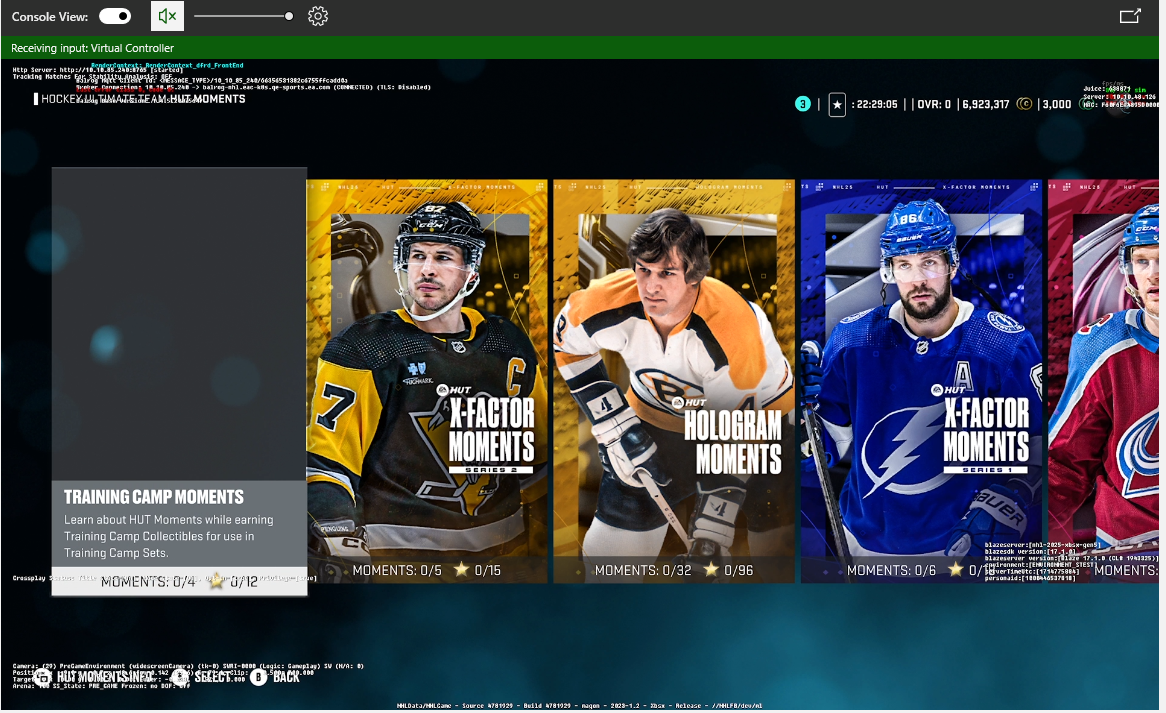
Player Banners
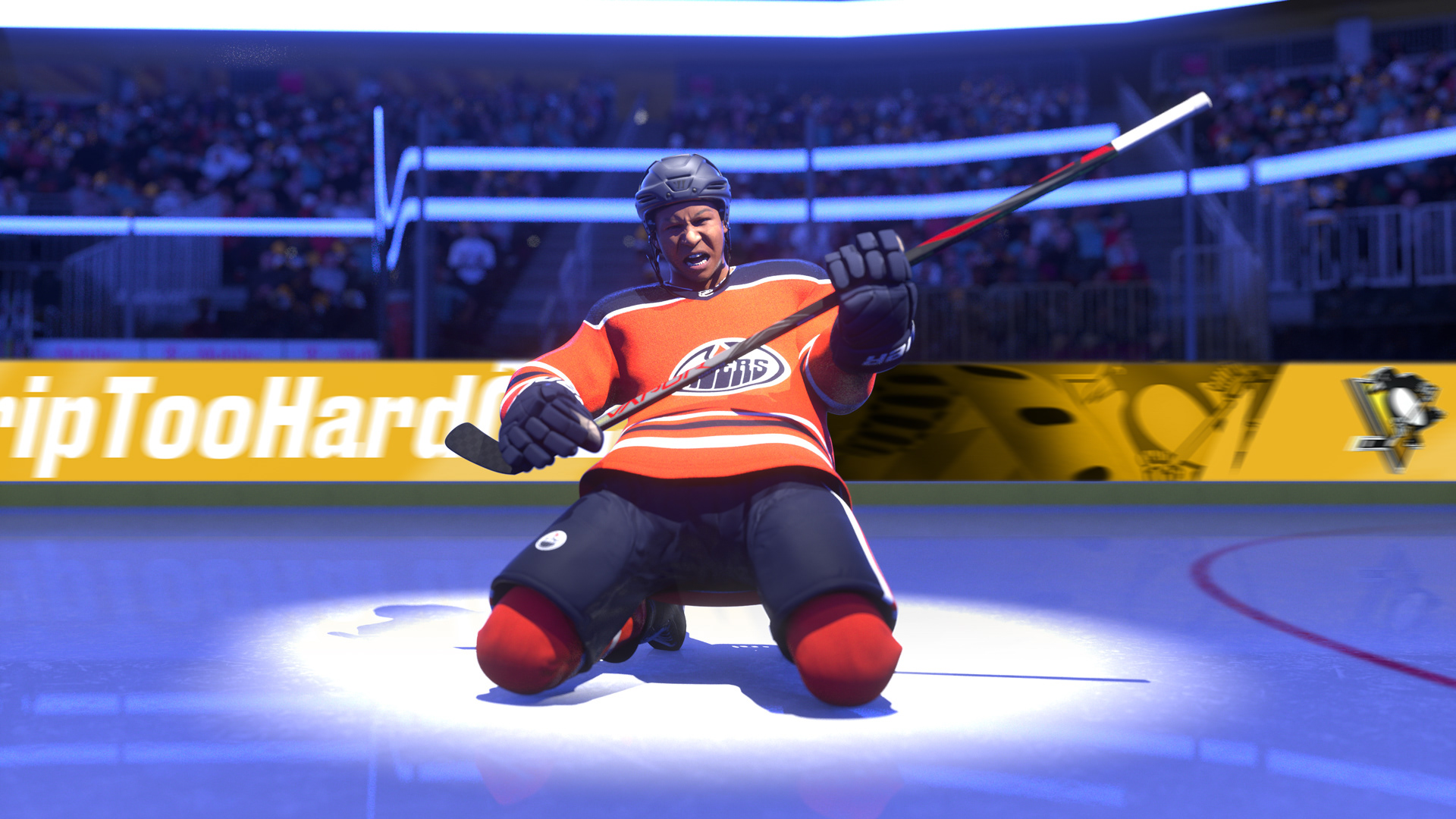
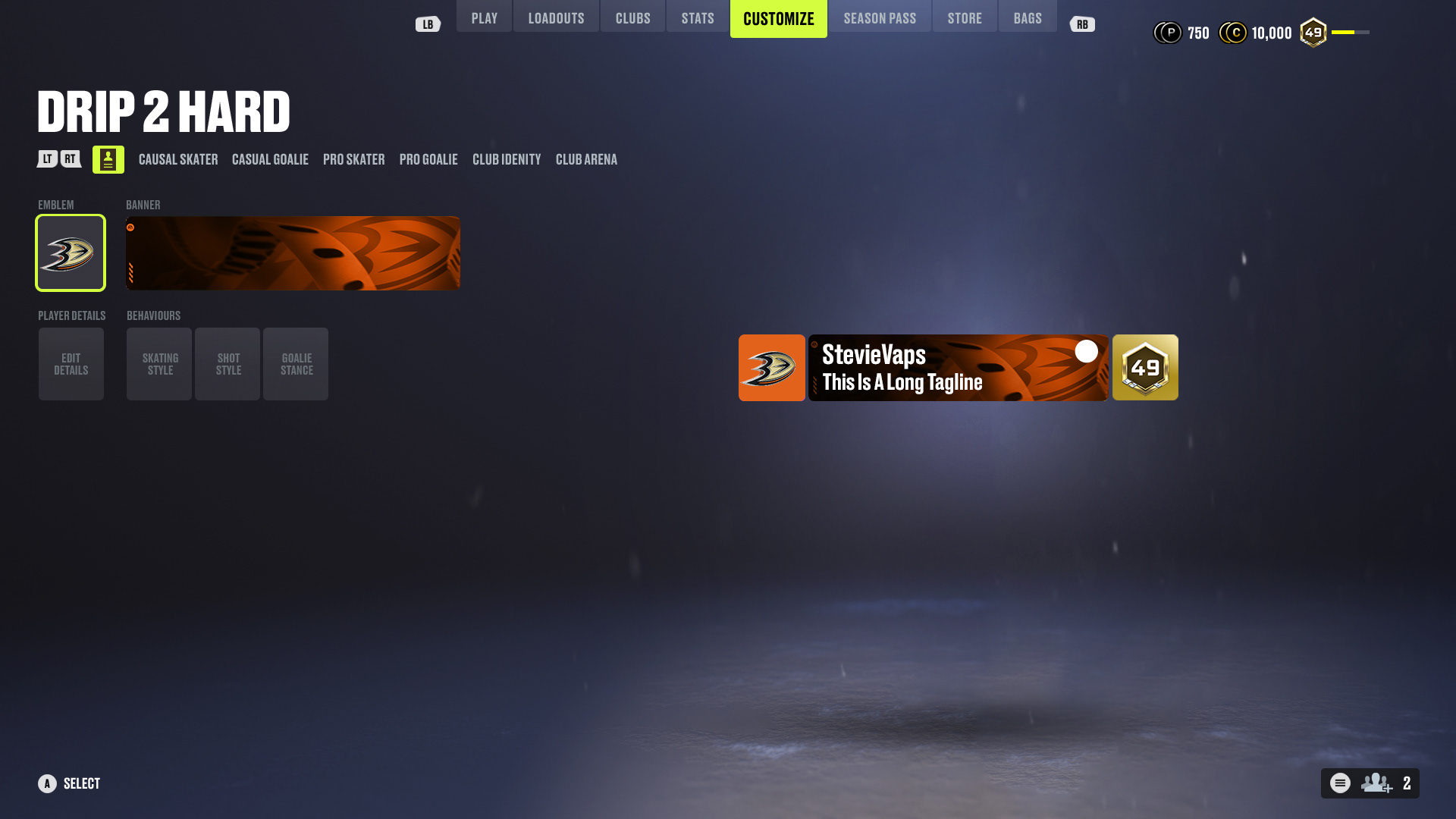
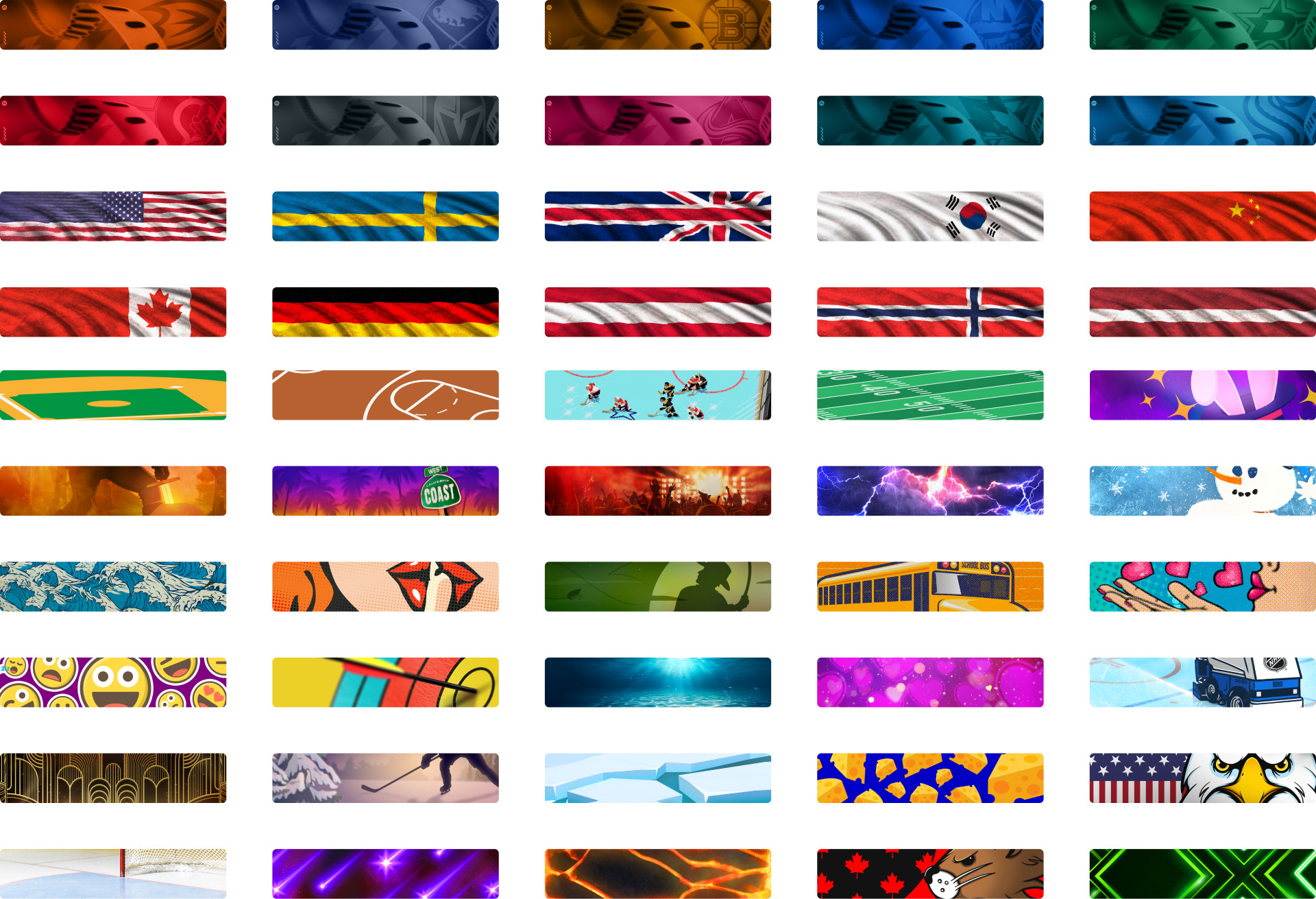
NHL 24 - Squad Battles
NHL 24 - Community Request
NHL 24 - Collection & Collectibles
NHL 24 - Moments
Gift Bag WOC Entry
These were some of the most enjoyable to design. I focused on playful, inviting visuals that captured the spirit of WOC.
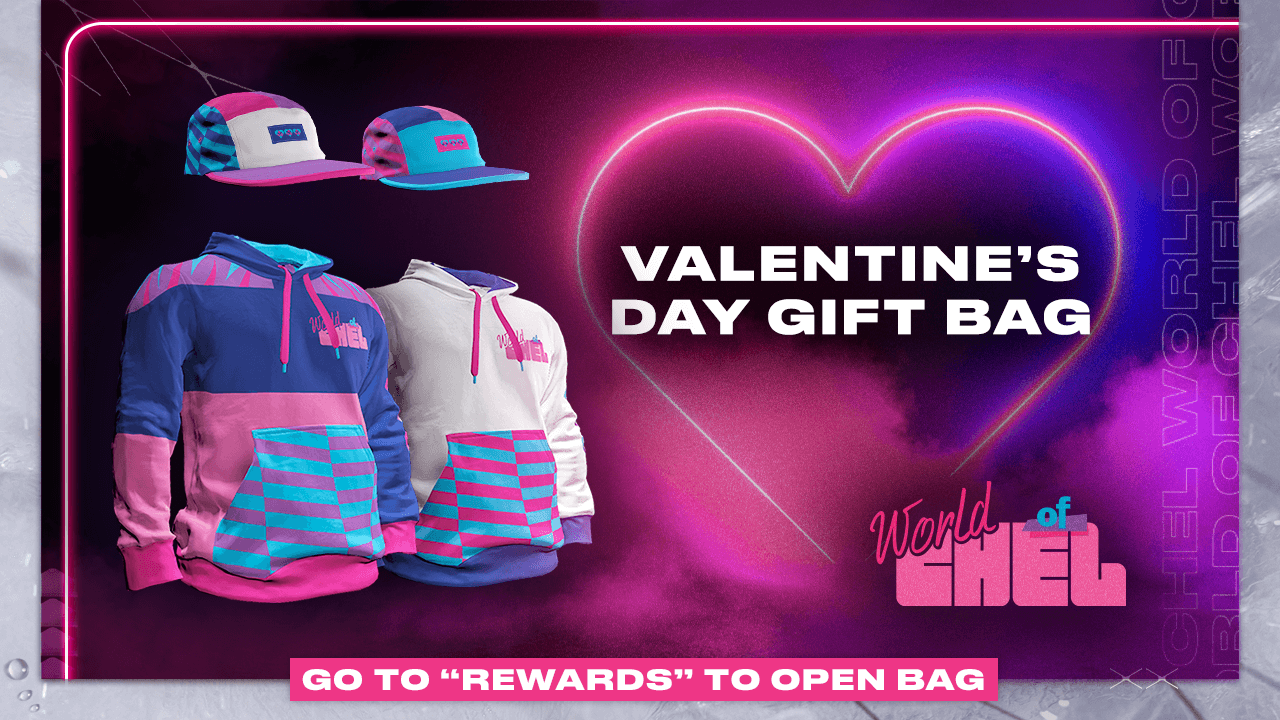
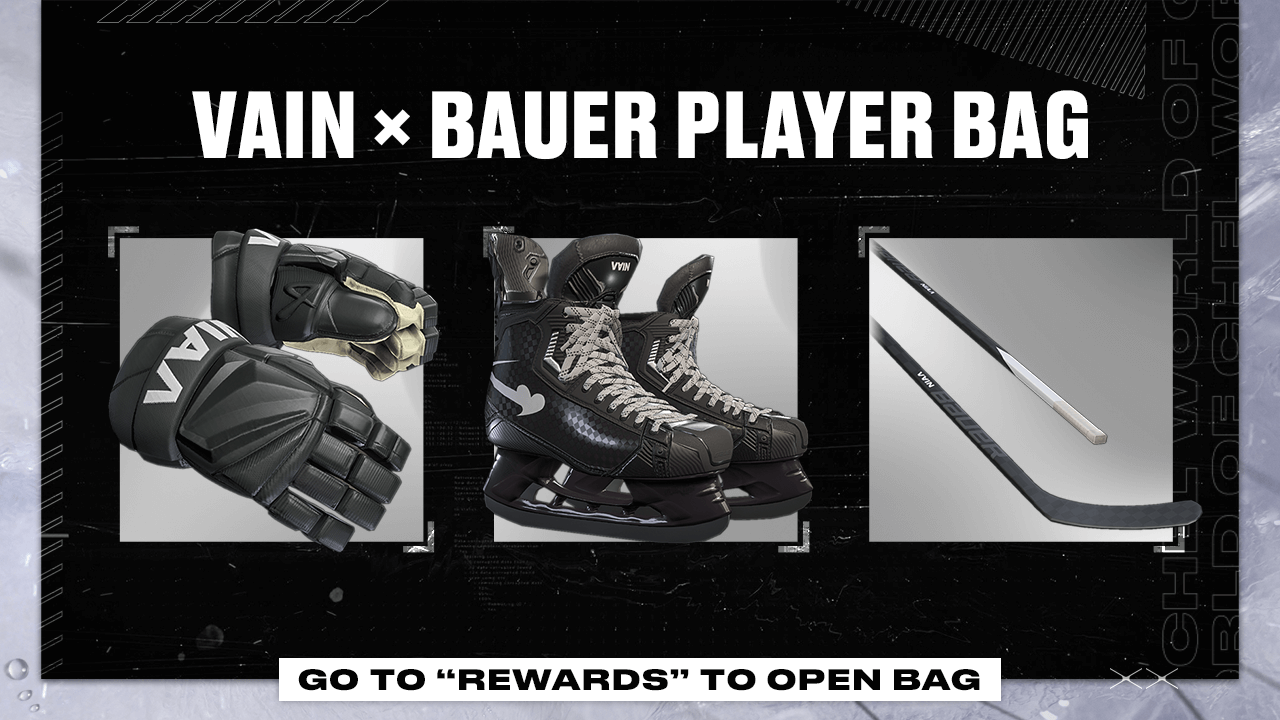
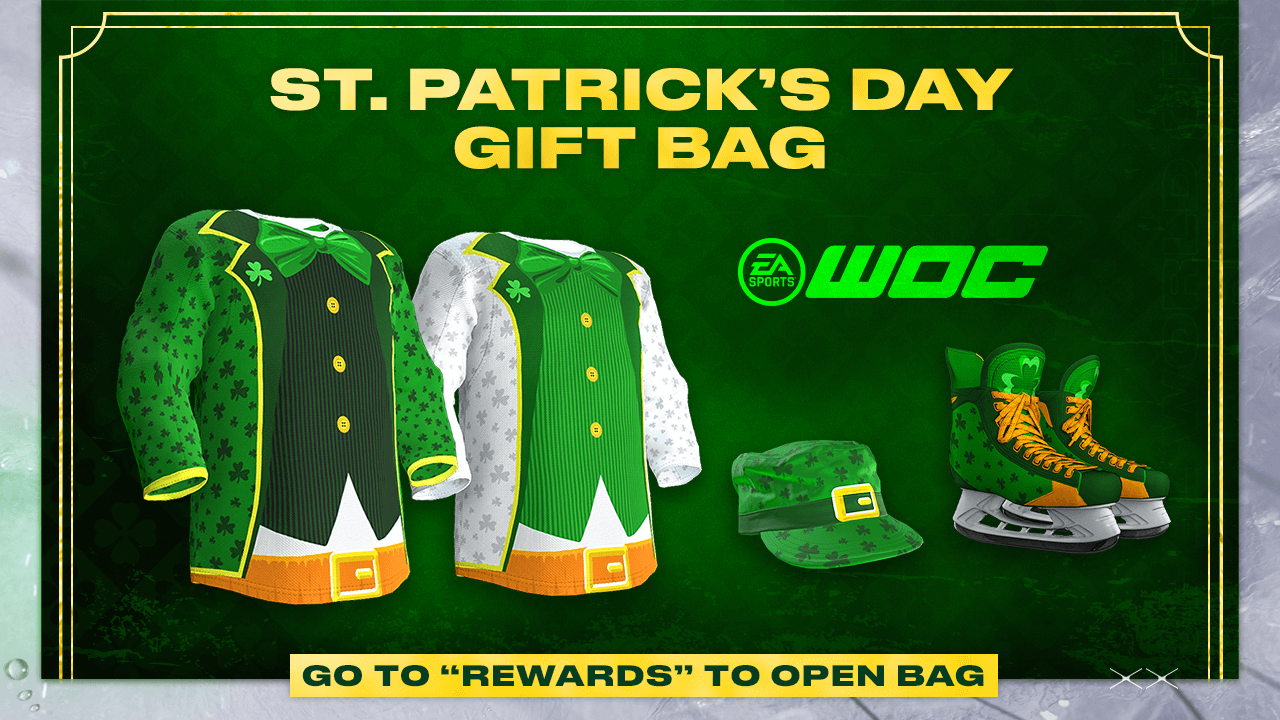
Live Event Banners
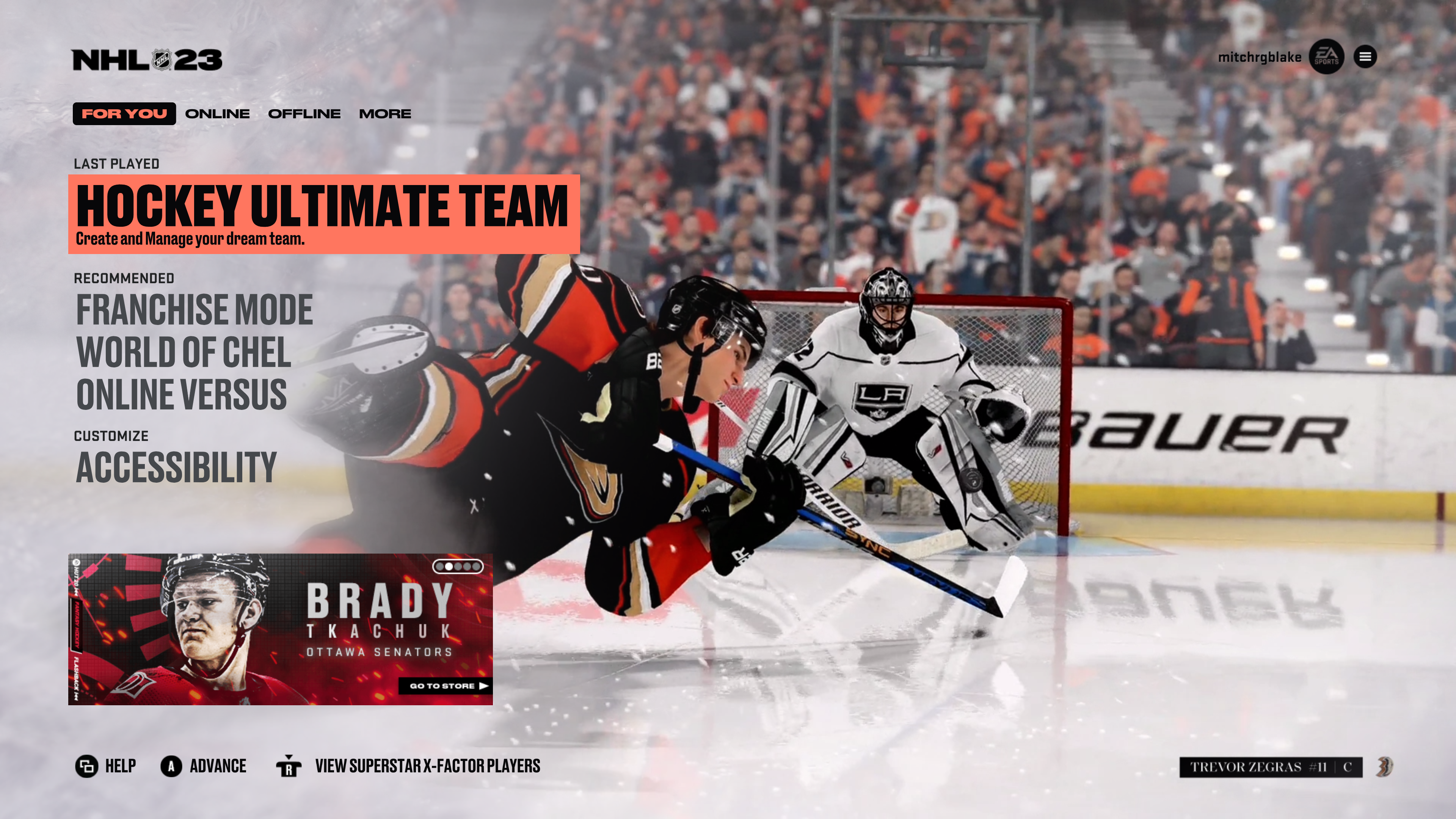


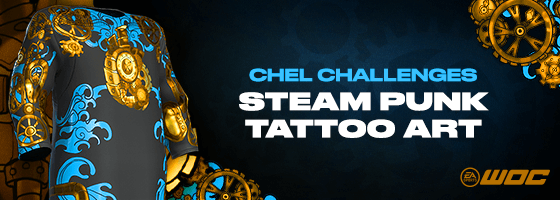
Collaborating with Stakeholders
Working with Game Producers was both rewarding and challenging. Aligning on vision required clear communication and a lot of patience, especially when differing opinions emerged. I learned the importance of fostering trust and building consensus to move the project forward
Self-Management
With tight deadlines and overlapping tasks, time management became crucial. I developed strategies to stay organized and productive, ensuring that each deliverable met both quality standards and deadlines.
Creating a Collaborative Environment
I made a conscious effort to encourage open dialogue during feedback sessions. By welcoming ideas and constructive criticism, I helped create a space where everyone felt invested in the final product.
Innovating Within Constraints
Designing new art styles for each event while maintaining NHL’s branding consistency was one of the most fulfilling aspects of the project. It pushed me to think creatively within predefined boundaries, and the results showed how far you can go with a bit of ingenuity.
Thanks for reading! If you have any thoughts or would like to collaborate, I’d love to hear from you.
